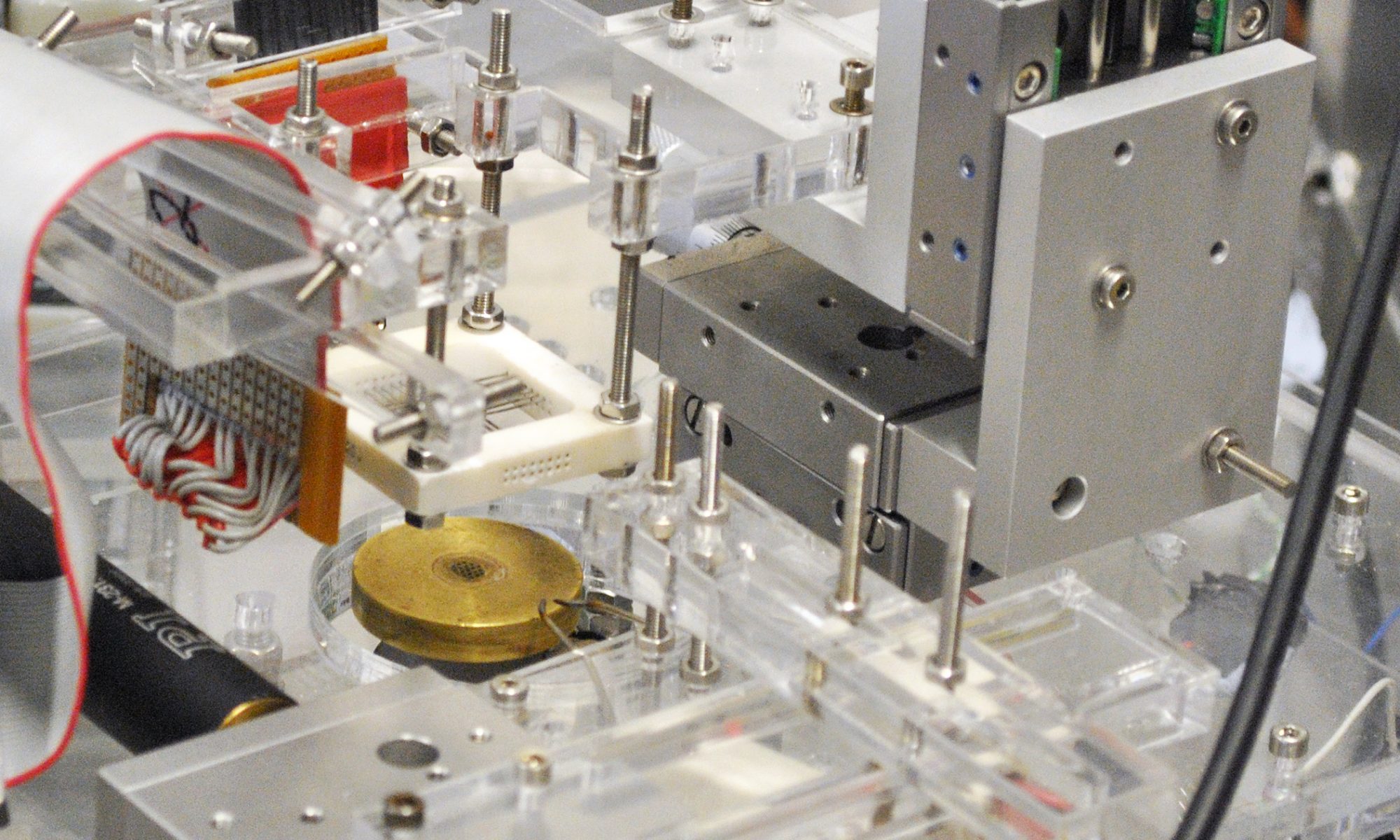Latent Tuberculosis infection (LTI) is when an individual’s immune system shows a response to the bacteria that causes Tuberculosis, but the person has no clinical signs and is not infectious to others. If untreated, LTI has the chance of progressing into active tuberculosis. Tuberculosis Skin Test (TST) and blood test (IGRA) are the methods of detecting LTI. However, the results of these tests show vast differences, especially in patients with compromised immunity who have received the BCG vaccine against TB.
TST is conducted by putting a small amount of TB protein under the top skin layer of the inner forearm. Individuals with LTI show a firm red bump ≥ 5 mm when inspected after 48-72 hours. Researchers at Anakara University School of Medicine in Turkey conducted a study from 2013 to 2017 to check if higher cut-off values for TST (diameter of the red bump) would increase the specificity and agreement between the two tests. The study was conducted on three groups: all participants, solid organ transplantation (SOT) candidates, and patients schedules for anti-TNFα treatment (for people with immunosuppressive conditions like rheumatoid arthritis). All the subjects were BCG vaccinated. Patients with a history of active TB were excluded.
In order to test if a change in the cut-off value for TST would give better results, both TST and IGRA were conducted for all three groups at three different cutoff values. The diagnostic agreement was very poor for 5 mm and 15 mm but increased slightly for 10 mm in the anti-TNFα group. Overall, the results showed that although false positive results decreased with higher cut-off rates, false negative results increased.
TST is known to give false-positive results in BCG vaccinated individuals.
Studies have shown that the type and timing of vaccination affect the TST response. In the US, BCG vaccines are given once during infancy and once during school age. Vaccination at infancy is believed to stop affecting TST after 10-15 years, however, repeated vaccinations after infancy are known to have a longer effect. Most of the differences in the two tests were observed to be positive for the skin test (TST) and negative for the blood test (IGRA). Researchers were of the opinion that the vaccines after infancy might have been the cause of this discrepancy. It was concluded that higher cut-off values for TST were not very effective in decreasing the variation between the two tests.
Analysis of the direct costs and probable consequences of the tests have shown a greater percentage of TST patients receiving preventive treatments due to the high possibility of false-positive results. This also means an increased waste of resources for unnecessary treatment. Moreover, there is the potential risk of numerous treatments leading to a resistance to TB-drugs. The rates are lower for IGRA alone and for two step screening strategies including both TST and IGRA. The American Thoracic Society (ATS) has stated that there is a lack of sufficient data to recommend any of these three methods, but specific guidelines for immunocompromised patients recommend IGRAs.
There is a need for more conclusive results to assess the reliability of the tests for LTI, especially in light of the inconvenience that TSTs cause for BCG vaccinated individuals.
Reference: Erol, S., Ciftci, F. A., Ciledag, A., Kaya, A., Kumbasar, O. O. 2018. Do higher cut-off values for tuberculin skin test increase the specificity and diagnostic agreement with interferon gamma release assays in immunocompromised Bacillus Calmette-Guerin vaccinated patients? Advances in Medical Sciences 63(2): 237-241

